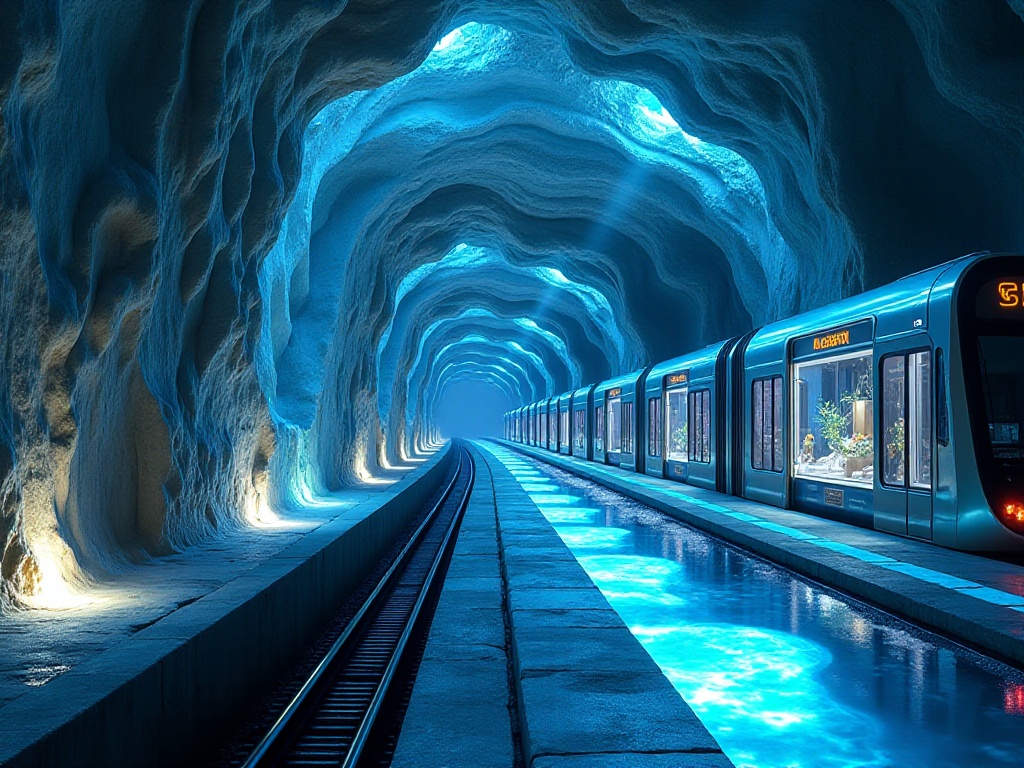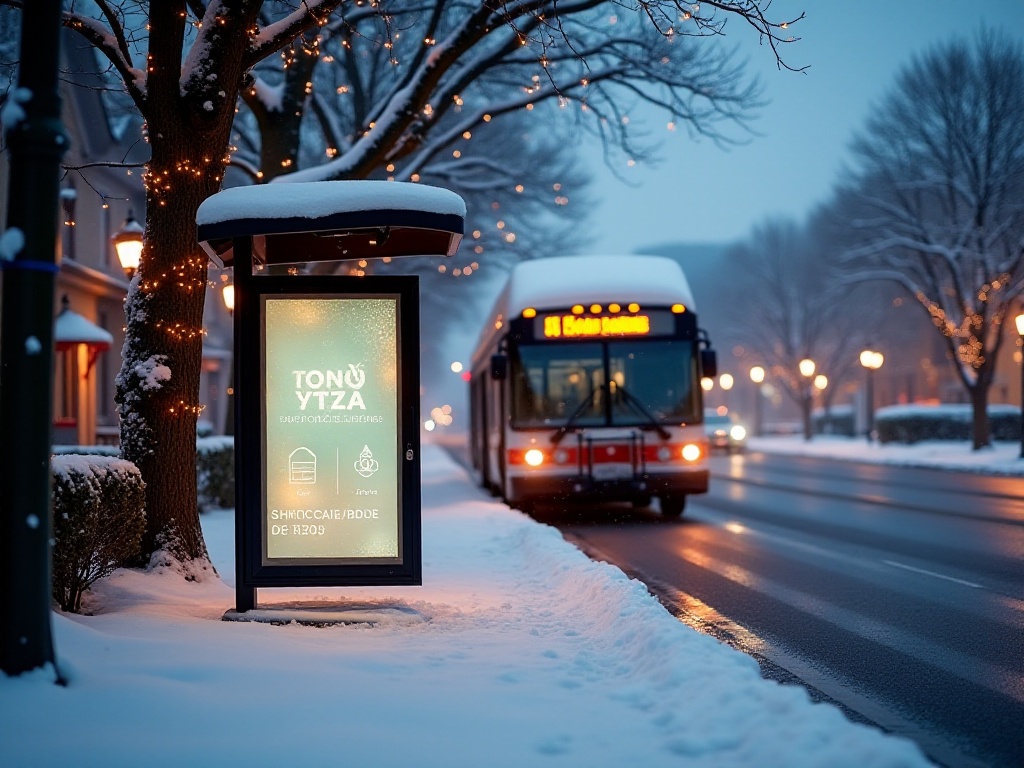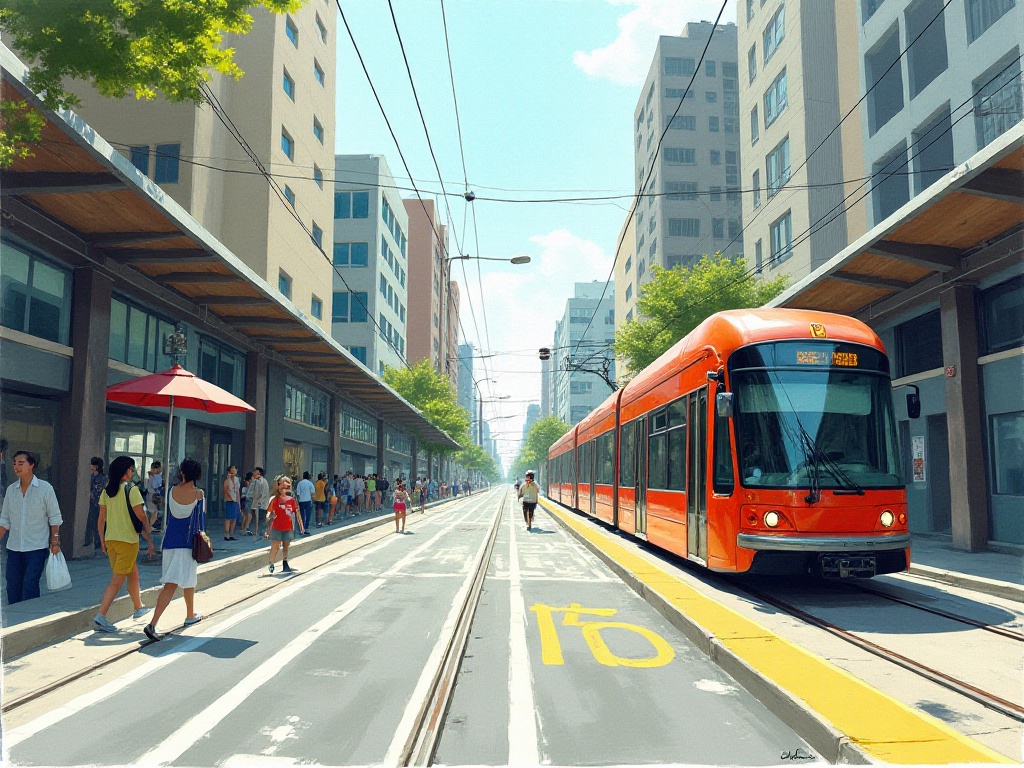First Arrival in America
When I first arrived in America, I was completely lost like other international students. Back home, calling a ride-share with a tap of your finger would solve everything, right? But once here, I discovered that taking taxis was unbearably expensive. It would start at forty or fifty dollars minimum, not including tips. Who can afford that! After some exploration, I found that American public transportation is actually quite reliable - the key is knowing how to use it.
I remember when I first arrived, to save money, I forced myself to study bus routes. To be honest, it was really uncomfortable at first. The dense timetables at bus stops made my head spin, and after finally finding a route, I waited in vain because I didn't understand the difference between weekday and weekend schedules. At that time, I thought taking the bus was needlessly complicated.
But gradually, I started to discover the intricacies of the American bus system. First, they all have dedicated apps where you can check bus locations and arrival times in real-time. Also, many cities have interconnected transit systems - one transit card can take you across the entire city. Most importantly, while the buses here may look old, they're extremely punctual, which really changed my perspective on American public transit.
Bus System
Speaking of bus punctuality, it's truly admirable. In Seattle, I personally saw a bus that arrived early wait exactly two minutes at the stop before departing. The driver checked his watch and only left when the exact time came. This level of professionalism is rarely seen back home.
Different cities' bus systems each have their own characteristics. New York's buses are like capillaries, reaching into every neighborhood. When I lived in Brooklyn, I relied on the B38 bus for my daily commute. The 6:30 AM bus never disappointed me. You could always see all sorts of New Yorkers on board, from Wall Street professionals in suits to art students carrying portfolios.
In San Francisco, buses have bike racks on the front - an amazing design. Once when I was cycling to the Golden Gate Bridge, I was too tired to ride back, so I mounted my bike on the bus's front rack. The driver thoughtfully waited for me to secure my bike before departing. This kind of human-centered design made me realize that while American buses might look basic, they're designed with passengers in mind.
Boston's bus system is also interesting. It has a surface rail system called "The T," one of America's oldest subway systems. Though the cars are a bit dated, they fit perfectly in Boston's historic atmosphere. The Green Line, in particular, running between Boston University and Harvard, has a strong collegiate vibe.
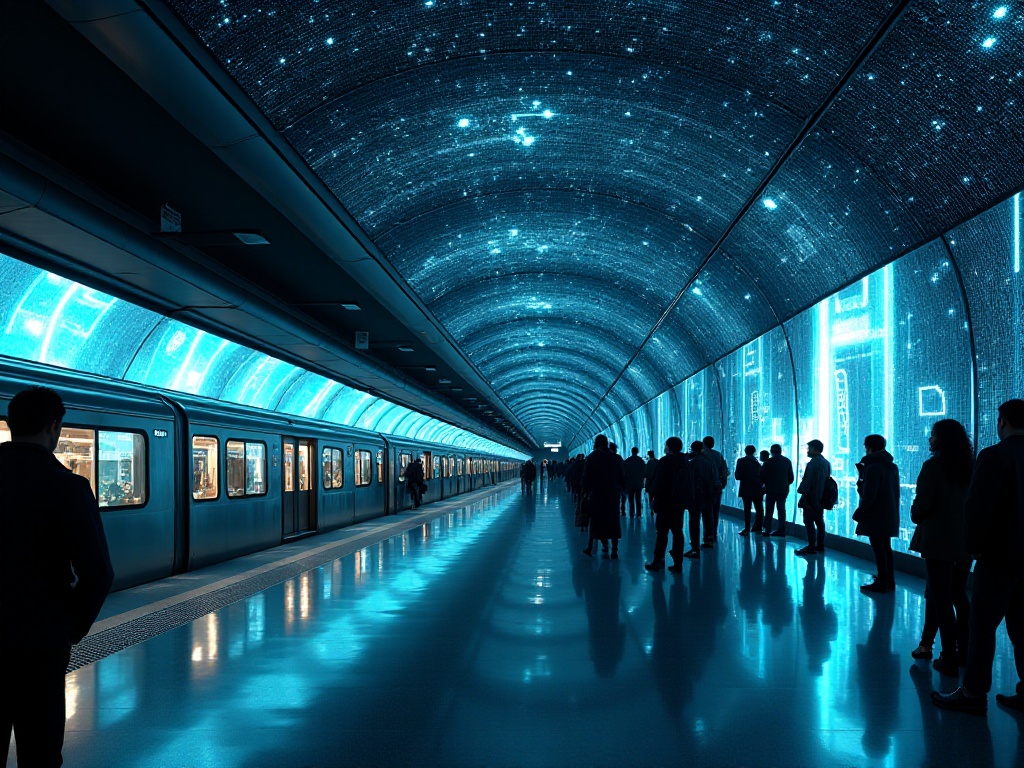
Subway Experience
The first time I rode the New York subway, I almost didn't recognize it as a subway station. The worn platforms, weathered walls, and occasional strange noises made me feel like I'd traveled back to the last century. Yet this "antique" subway system is New York's most important transportation artery.
What surprised me most about the New York subway is its 24-hour operation. Once after attending a friend's party in Brooklyn, I headed home after 3 AM. While there weren't many people on the subway, it was running normally. The nighttime subway has a special atmosphere, and you can occasionally see street performers in the cars.
Chicago's "L" line (elevated railway) is also unique. It winds through the city above ground, between skyscrapers. The Loop, in particular, circles Chicago's downtown and is basically a moving sightseeing route. I love sitting by the window during rush hour, watching the sunset turn the whole city golden.
Washington DC's metro gives a completely different impression. Clean, bright stations, spacious cars, and unique vaulted ceiling designs make it feel like an underground art gallery. Each station has its own character, some even play classical music, making waiting for trains an elegant experience.
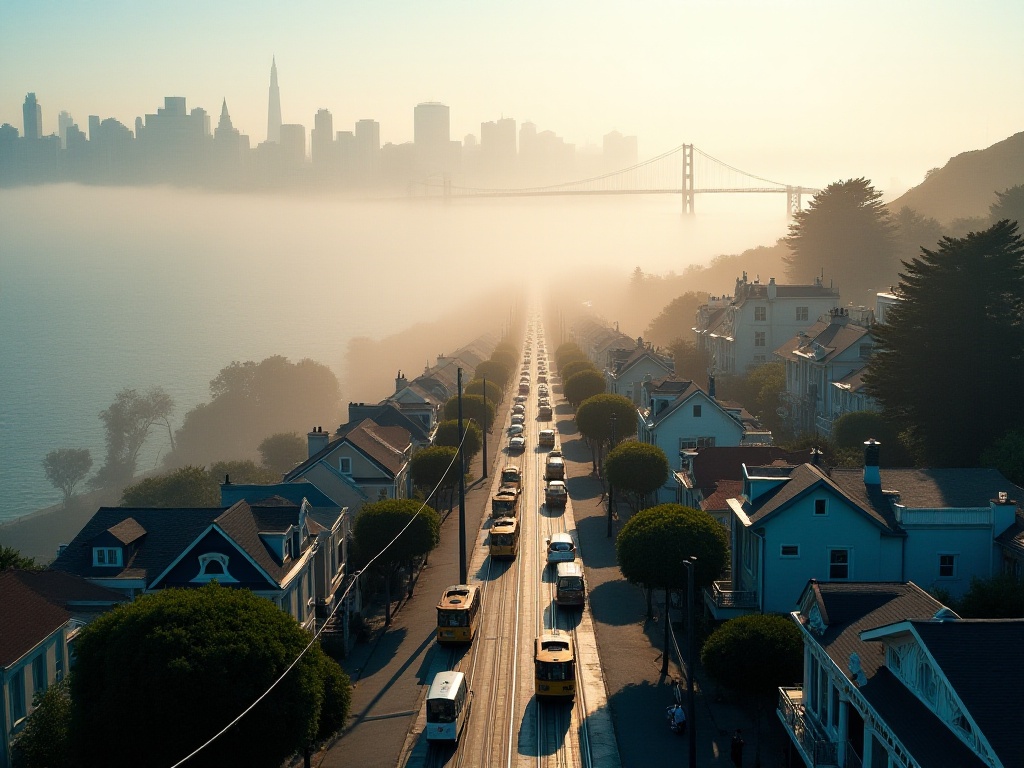
Light Rail Charm
Seattle's Link Light Rail is truly the most comfortable light rail I've ridden in America. The route from the airport to downtown offers incredibly beautiful scenery. Especially when passing Mount Rainier, on clear days you can see the snow-capped peak - it's like a moving postcard.
I often take the light rail to the University of Washington. The route is cleverly designed - when passing through Capitol Hill, you get a panoramic view of Seattle's skyline. In autumn, the maple trees on both sides turn fire-red, and with the Space Needle in the distance, it's so beautiful you don't want to get off.
Portland's light rail system is also unique. They've perfectly combined light rail with streetcars, preserving the city's historic character while providing modern service. I particularly enjoy riding the streetcar around the Pearl District, getting on and off at will - it's super convenient.
Denver's light rail impressed me with its punctuality. Even in heavy snow, the light rail runs on time. Once during a business trip to Denver, despite a blizzard, the light rail got me to the airport on schedule for my return flight.
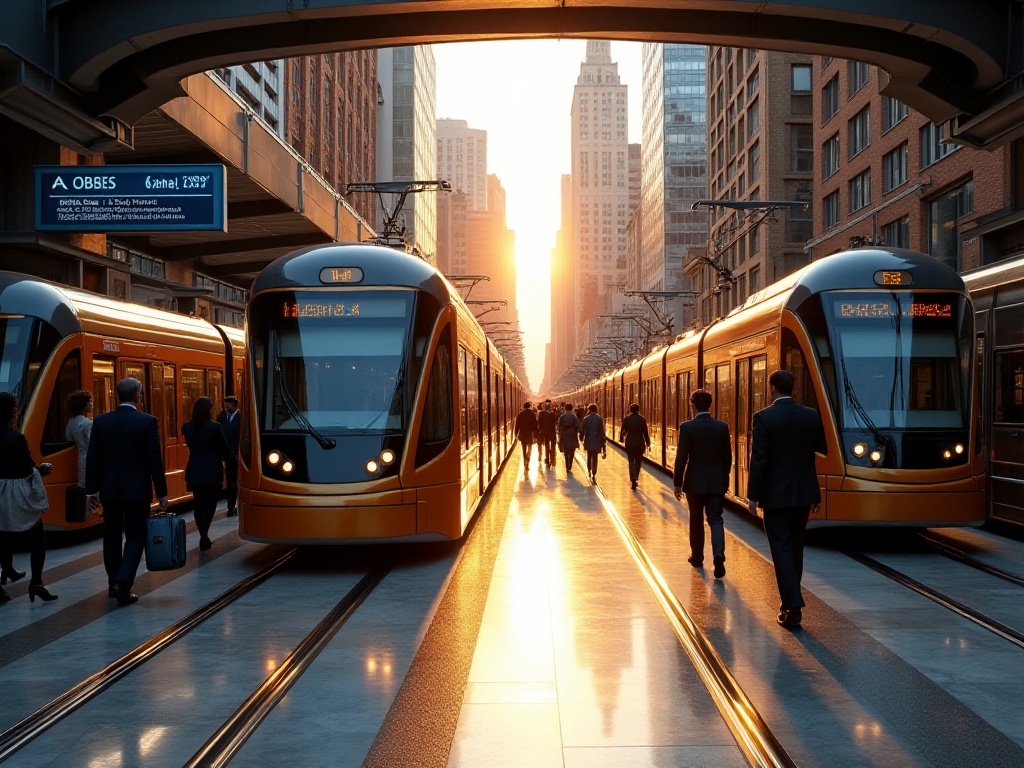
Commuter Rail
During my years working in Silicon Valley, Caltrain became my second home. Every morning, I'd depart from San Francisco, heading south along the peninsula to Mountain View for work. The cars were often filled with engineers working on laptops, some handling emails, others coding - the whole car was like a mobile Silicon Valley.
The most interesting thing about Caltrain is its bike cars. Each car can accommodate over a dozen bicycles, helping commuters solve the "last mile" problem. I often cycled to the station, brought my bike on the train, then rode to the office. This door-to-door experience was much more convenient than driving.
Boston's commuter rail is also distinctive. It connects many historic towns, and in autumn, watching the maple leaves from the train is like viewing a mobile fall art exhibition. Plus, the free WiFi makes long commutes productive.
Chicago's Metra gave me a vintage feel. Double-decker cars, wooden seats, and uniformed conductors make you feel like you're back in last century America. Especially in the evening, when sunset streams through the windows, the cars are filled with a nostalgic atmosphere.
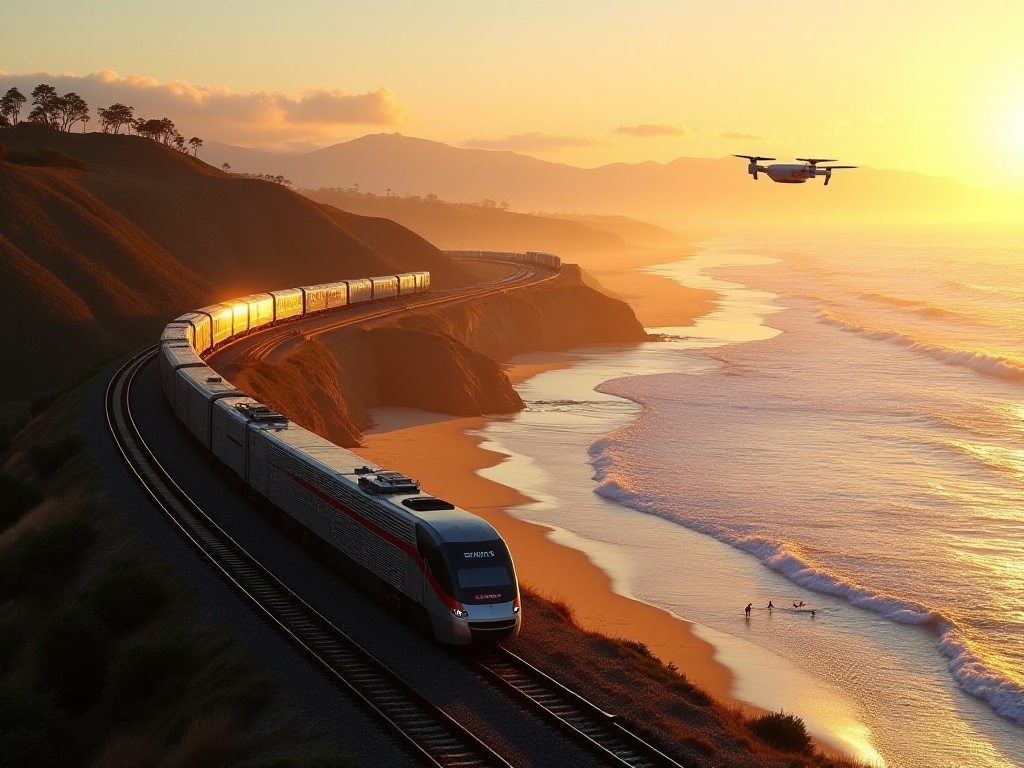
Water Transportation
Seattle's ferry system is absolutely the most spectacular water transit I've seen. The route from Seattle to Bainbridge Island is my favorite. The boats have both indoor seating and outdoor decks. I love standing on deck, feeling the sea breeze while watching Seattle's skyline slowly fade away. On lucky days, you might even see seals and orcas playing nearby.
New York's water transportation is also well-developed. The East River Ferry is not only affordable but offers Manhattan's most beautiful skyline views. I often take the ferry from Brooklyn to Manhattan, especially in the evening when the sky turns pink and building lights start twinkling on - it's absolutely beautiful.
San Francisco Bay Area ferries are also unique. The route from San Francisco to Sausalito passes under the Golden Gate Bridge, offering the best angle to view this iconic structure. Plus, Sausalito is a very artistic town - taking the ferry there for weekend browsing is the perfect leisure activity.
While Boston's water transportation is smaller in scale, it's very practical. The water taxi to the airport especially helps avoid city traffic while offering beautiful Boston Harbor views. I always choose the water taxi to the airport - it feels more pleasant than taking a cab or the subway.

Special Transportation
San Francisco's cable cars are living history. Though tickets aren't cheap, the experience is worth every penny. I love taking the early morning cable car from downtown up Nob Hill. The summit views are unparalleled, and with fewer tourists in the morning, you can chat with the conductor and learn about this century-old transportation's history.
Portland's aerial tram is also special. It connects downtown with Oregon Health & Science University's hilltop campus. From the tram, you can overlook the entire city and see Mount Hood in the distance. In winter, when the summit is snow-covered, it feels like riding into a fairy tale.
Las Vegas's monorail gave me a completely different experience. It weaves between casino hotels, with neon lights flowing past the windows. Riding at night, watching the bustling crowds below, you experience this sleepless city's prosperity.
Miami's bike-share system is also interesting. Cycling along Miami Beach, with the blue ocean on one side and Art Deco buildings on the other, is amazing. Plus, the bikes are GPS-equipped, so you won't get lost.
Travel Tips
Regarding travel advice, I have so much to share. First, you must learn to read schedules. American transit runs less frequently than in China - miss one bus and you might wait a long time. I usually use Google Maps to check real-time traffic and departure times, so I know what to expect.
Second, having a transit card is really important. Though many cities now support mobile payments, a transit card can save you when internet connection is poor or your phone dies. Plus, many cities' transit cards offer discounts - the more you use them, the more you save.
Safety needs attention too. When riding at night, I usually choose seats near the driver or in crowded cars. Always stay alert to your surroundings. If you notice anything suspicious, immediately tell the driver or change cars.
Trip planning is also crucial. American transit transfers usually take longer, so allow enough time. I generally leave half an hour early to avoid being late due to traffic or other unexpected situations.
Final Reflections
Living in America for so long, I've grown increasingly familiar with the public transportation system. Though it's not as convenient as in China, once you learn how to use it, you'll discover its reliability and efficiency. Each mode of transport has its own character and carries different stories.
What touches me most is how friendly the transit workers are here. Once when I took the wrong bus, the driver not only patiently explained the correct route but also contacted the next bus's driver to wait for me at the stop. This kind of warm service showed me the human side of America's public transit system.
Billions of rides are taken on American public transit each year. Behind this huge number are the daily lives of countless ordinary people like you and me. So next time you think American transit isn't convenient enough, try looking from a different angle. You might discover a completely different America.


